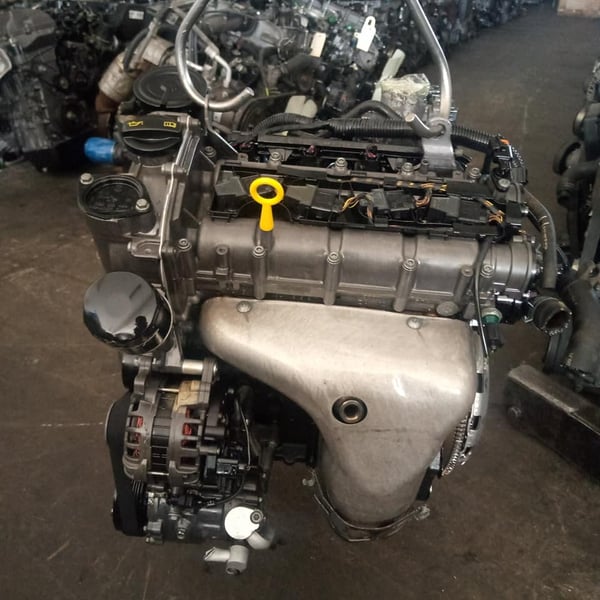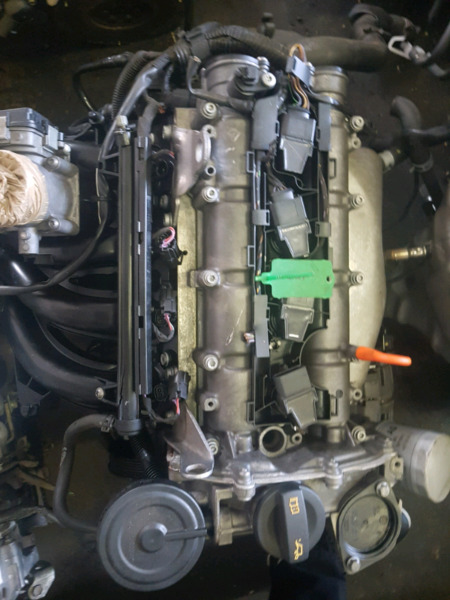Pick a cutting-edge clp engine for superior results.
Wiki Article
Exactly How a Clp Engine Can Improve Efficiency in Different Industries
The arrival of CLP engines notes a significant shift in operational efficiency throughout various fields, driven by their ability to maximize gas intake and decrease downtime. Industries such as production and logistics stand to acquire significantly from their robust layout and consistent power outcome, which assure to improve operations and enhance productivity. As companies increasingly focus on sustainability along with efficiency, the role of CLP engines becomes a lot more important. What remains to be seen is just how these developments will form the future landscape of industrial operations and their effect on broader financial fads (clp engine).Review of CLP Engines
CLP engines, or Continual Liquid Propellant engines, stand for a substantial improvement in propulsion technology, especially for area applications. These engines make use of a continual feed system that enables for the continual expulsion of propellant, resulting in improved efficiency and performance contrasted to traditional strong or hybrid propulsion systems. By keeping a continuous circulation of fluid propellant, CLP engines can achieve much more specific drive control, which is important for navigating spacecraft in different goal scenarios.The layout of CLP engines incorporates advanced materials and cutting-edge fuel management systems. clp engine. This causes decreased weight and raised reliability, important elements for long-duration space missions. In addition, the continuous procedure lessens the danger of burning instability, a typical difficulty in conventional rocket engines.

Benefits in Manufacturing
The manufacturing of Constant Liquid Propellant (CLP) engines presents several significant advantages that enhance both performance and cost-effectiveness. One of the main advantages is the structured production procedure, which reduces the intricacy connected with typical propulsion systems. By utilizing liquid propellant, suppliers can accomplish higher accuracy in engine performance, resulting in enhanced energy outcome and decreased waste.Furthermore, CLP engines facilitate a higher level of modularity, permitting less complicated combination into numerous manufacturing lines. This adaptability can considerably decrease lead times and boost overall functional adaptability. Using CLP technology also tends to minimize the requirement for considerable maintenance due to less moving components, which converts into reduced downtime and functional expenses.

Applications in Logistics
Leveraging Constant Liquid Propellant (CLP) engines in logistics uses considerable benefits in functional effectiveness and dependability. These engines supply a durable remedy for numerous transport requirements, making it possible for the smooth Check This Out motion of products across large distances. The fundamental style of CLP engines permits consistent power output, which translates right into smoother and extra foreseeable transport routines.One of the essential applications of CLP engines in logistics is in heavy-duty products transportation, where they can drive both ground and airborne automobiles. Their capability to maintain high performance under differing lots problems makes sure that shipment timelines are satisfied, consequently enhancing customer fulfillment. Furthermore, CLP engines can be integrated into automated logistics systems, helping with real-time tracking and optimizing route preparation.
In addition, the their explanation durability of CLP engines reduces upkeep downtime, permitting logistics business to maximize their functional abilities. This is especially advantageous in warehousing operations, where performance in managing and carrying goods is critical. As logistics proceeds to progress, the integration of CLP engines stands for a forward-thinking technique that not just enhances performance yet additionally sustains the market's expanding demands for integrity and speed.
Effect On Energy Performance
How do Continual Liquid Propellant (CLP) engines improve power efficiency in transport? CLP engines make use of a constant circulation of liquid fuel, maximizing combustion processes and keeping a stable thrust outcome. This layout reduces power losses connected with conventional burning engines, where fuel delivery can vary and cause inefficiencies.The constant procedure of CLP engines permits a much more effective thermal cycle, causing higher particular impulse contrasted to conventional engines. clp engine. This converts to decreased fuel intake for the very same quantity of job done, substantially decreasing operational expenses throughout various transport industries, including air travel and maritime sectors
Furthermore, the capability of CLP engines to keep ideal efficiency under differing tons problems minimizes the demand for constant velocity and deceleration, further enhancing gas efficiency. Improved power performance not just adds to set you back financial savings yet additionally brings about decrease greenhouse gas exhausts, straightening with international sustainability objectives.
Future Trends and Innovations
Arising improvements in Continual Fluid Propellant (CLP) engine innovation pledge to transform the landscape of transportation efficiency read this and sustainability. As sectors pivot towards greener options, CLP engines stand at the leading edge, integrating innovative products and layout methods that improve performance while minimizing ecological influence.Among the most promising fads is the fostering of hybrid systems that combine CLP engines with eco-friendly power sources. This harmony can enhance fuel consumption and lower discharges, aligning with international sustainability objectives. Advancements in computational liquid dynamics (CFD) are facilitating the layout of more aerodynamically efficient engines, leading to minimized drag and improved gas effectiveness.
Additionally, the growth of wise monitoring systems is readied to enhance functional effectiveness. These systems leverage information analytics and IoT technology to maximize engine performance in real-time, ensuring that the engines run within their most efficient criteria.
As research remains to explore alternate propellant formulations-- such as biofuels and artificial gas-- the future of CLP engines looks promising. By using these developments, sectors can not only boost their efficiency however also contribute significantly to a cleaner, extra sustainable future in transport.
Conclusion
In conclusion, CLP engines stand for a considerable innovation in effectiveness across several industries. The assimilation of sophisticated materials and fewer moving parts minimizes maintenance demands, while alignment with sustainability objectives placements CLP engines as a pivotal innovation for the future.Report this wiki page